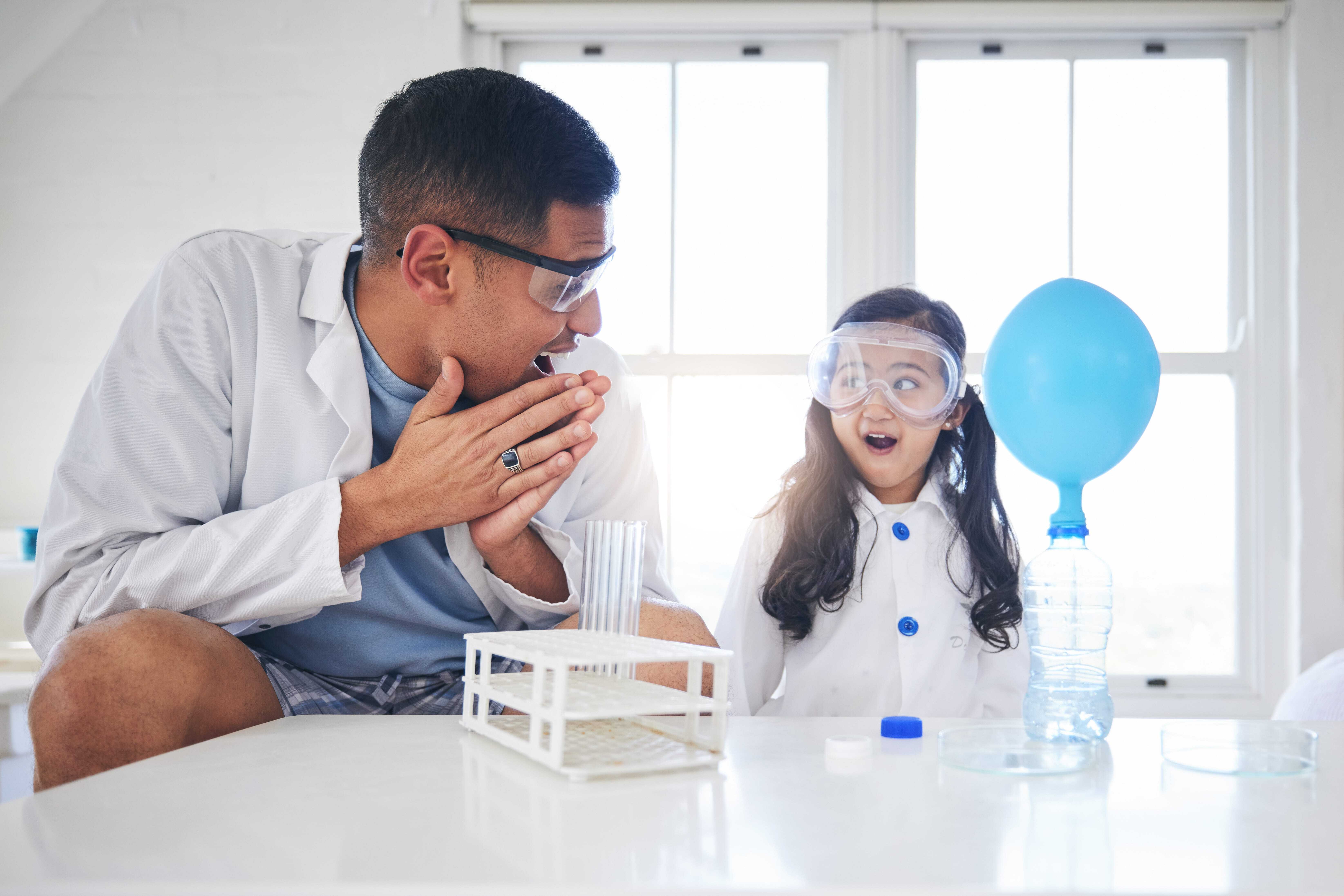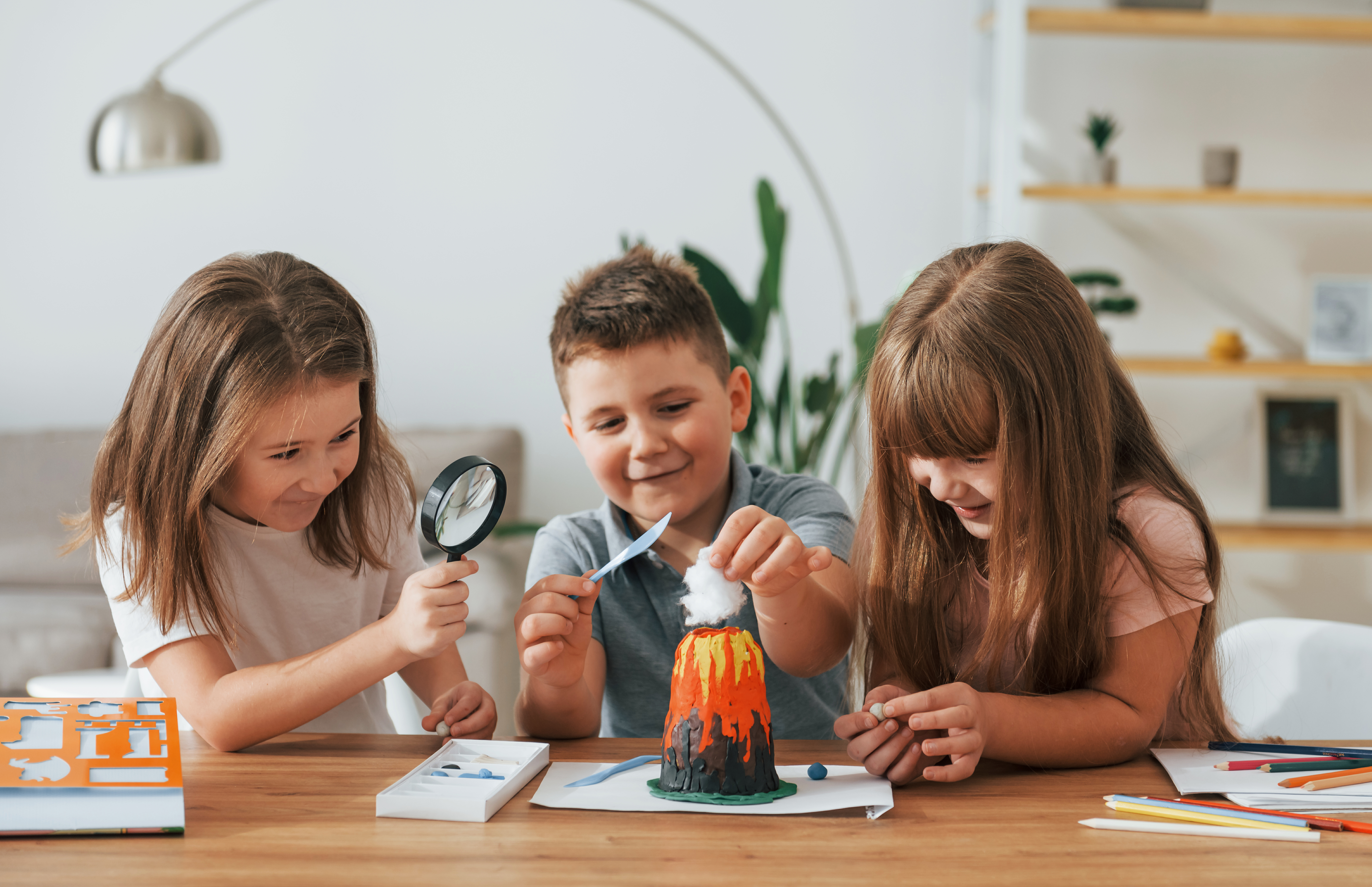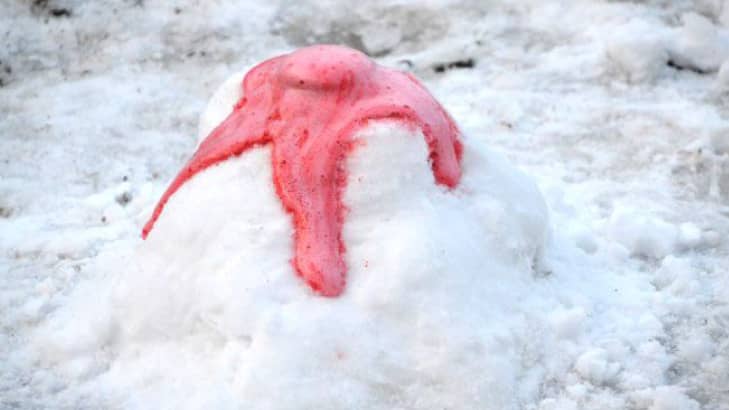Celebrate International Women’s Day with fun science experiments for toddlers inspired by female scientists. Easy, hands-on learning at home!
International Women’s Day is a wonderful opportunity to celebrate the contributions of women in science while inspiring the next generation—our little ones! Science can be fun, engaging, and easy to explore at home, even with toddlers. Here are some simple science experiments inspired by incredible female scientists that you and your child can do together.
1. Bubble Magic – Inspired by Maria Telkes (Solar Energy Pioneer)
Maria Telkes was a pioneer in solar energy, and her work helped pave the way for solar-powered homes. While understanding solar power can be complex, you can introduce light and heat concepts to toddlers through a simple and fun bubble experiment. By exploring how light interacts with bubbles, children can get an early introduction to the wonders of solar energy and optics.
What You Need:
- Dish soap
- Water
- Glycerin or sugar
- A straw or bubble wand
- A sunny spot
Instructions:
- Mix 1 cup of water, 2 tablespoons of dish soap, and 1 tablespoon of glycerin (or sugar) in a bowl.
- Stir gently and let the solution sit for a few minutes.
- Go outside on a sunny day and blow bubbles.
- Observe how light reflects off the bubbles, creating rainbow colours.
Takeaway: The sunlight interacts with the bubbles to create beautiful colours, just like how the sun interacts with our world to provide energy!
2. Rainbow Water Walk – Inspired by Rosalind Franklin (DNA Discovery)
Rosalind Franklin played a crucial role in discovering the structure of DNA, which carries the genetic instructions for all living things. This fun and colourful experiment helps toddlers understand how liquids can travel and mix, just like how DNA moves and combines in nature. This activity introduces kids to the concept of absorption and molecular movement in a visually exciting way.
What You Need:
- 6 clear cups
- Water
- Food colouring (red, blue, and yellow)
- Paper towels
Instructions:
- Fill three cups halfway with water and add a few drops of different food colouring to each (red, blue, and yellow).
- Arrange the cups in a circle, placing an empty cup between each coloured one.
- Fold paper towels into strips and place one end in a coloured cup and the other end in an empty cup.
- Watch as the colours move up the paper towel and mix in the empty cups to create new colours!
Takeaway: Colours mix in exciting ways, just like how Rosalind Franklin’s research helped us understand how DNA is structured.
3. Baking Soda Volcano – Inspired by Marie Curie (Pioneer in Chemistry & Physics)
Marie Curie was a groundbreaking scientist who made important discoveries in chemistry and physics, including radioactivity. While radiation is too complex for toddlers, this exciting fizzing experiment is a simple way to introduce chemical reactions and cause-and-effect relationships.
What You Need:
- Baking soda
- Vinegar
- A small container or cup
- Food colouring (optional)
Instructions:
- Place a small container on a tray or in the sink to minimize mess.
- Fill the container with a spoonful of baking soda.
- (Optional) Add a few drops of food colouring for a colourful effect.
- Pour vinegar over the baking soda and watch it bubble and fizz!
Takeaway: This reaction is similar to how scientists mix chemicals in experiments, just like Marie Curie did in her lab!
4. Magnetic Magic – Inspired by Katherine Johnson (NASA Mathematician & Physicist)
Katherine Johnson was instrumental in calculating the flight paths that allowed astronauts to travel to space. While space travel is complex, this magnetism experiment helps toddlers explore forces similar to those used in aerospace technology. This hands-on activity demonstrates how invisible forces like magnetism can affect objects, just like gravity and motion in space.
What You Need:
- A magnet (like a refrigerator magnet)
- Paper clips, coins, and other small metal objects
- A plastic spoon and wooden blocks (non-metal objects)
Instructions:
- Gather various small objects, some metal and some non-metal.
- Ask your toddler to guess which objects the magnet will pick up.
- Let them use the magnet to test their guesses.
Takeaway: Some objects stick to magnets while others don’t—just like how scientists use tools like magnets to explore space!
5. Dancing Raisins – Inspired by Jane Goodall (Primatologist & Conservationist)
Jane Goodall spent decades observing chimpanzees and learning about animal behavior. This experiment teaches toddlers the power of observation, just like Jane Goodall did in the wild. The tiny movements of the raisins mimic how animals move in nature, making it a fun and engaging way to encourage curiosity and patience in little ones.
What You Need:
- A clear glass
- Club soda or any fizzy drink
- A handful of raisins
Instructions:
- Fill the glass with club soda.
- Drop raisins into the glass.
- Watch as they move up and down in the liquid.
Takeaway: Just like how Jane Goodall observed animal behavior, toddlers can observe the raisins ‘dancing’ as the bubbles lift them up and down!
6. Floating or Sinking? – Inspired by Rachel Carson (Marine Biologist & Conservationist)
Rachel Carson was a marine biologist who helped people understand the importance of the ocean and its ecosystems. This buoyancy experiment helps toddlers explore the forces at work in water, just as Rachel Carson studied how marine creatures interact with their environment. This hands-on activity introduces the concept of density and floating vs. sinking in a way that even young children can understand.
What You Need:
- A large bowl or tub of water
- Small objects (toy boat, rock, sponge, coin, cork, plastic spoon, etc.)
Instructions:
- Fill a bowl or tub with water.
- Gather different objects and ask your toddler to guess if each will float or sink.
- Drop the objects into the water and observe what happens!
Takeaway: Some objects float, and others sink—just like how marine life interacts with water!
7. Balloon Static Electricity – Inspired by Lise Meitner (Nuclear Physicist)
Lise Meitner contributed to the discovery of nuclear fission, a process that releases large amounts of energy. While nuclear reactions are complex, toddlers can explore a simpler form of energy—static electricity. This experiment provides an engaging way to introduce the concept of electrical charges and attraction.
What You Need:
- A balloon
- A wool sweater or your child’s hair
- Small pieces of paper or a wall
Instructions:
- Blow up a balloon and tie it.
- Rub the balloon on a wool sweater or your child’s hair.
- Hold the balloon over small paper pieces and watch them stick!
- Try sticking the balloon to a wall and see if it stays.
Takeaway: Rubbing the balloon transfers static electricity, making it stick to objects—just like how scientists explore different forms of energy!
Encouraging Little Scientists
By trying these simple experiments, you are not only having fun with your toddler but also planting the seeds of curiosity, discovery, and scientific thinking. These activities inspired by incredible women in science show that anyone can be a scientist—no matter their age!
Happy International Women’s Day, and happy experimenting!
Stay in the know and check us out on social media! Follow BrightPath on Facebook and Instagram for a variety of fun activities and daily inspiration.







